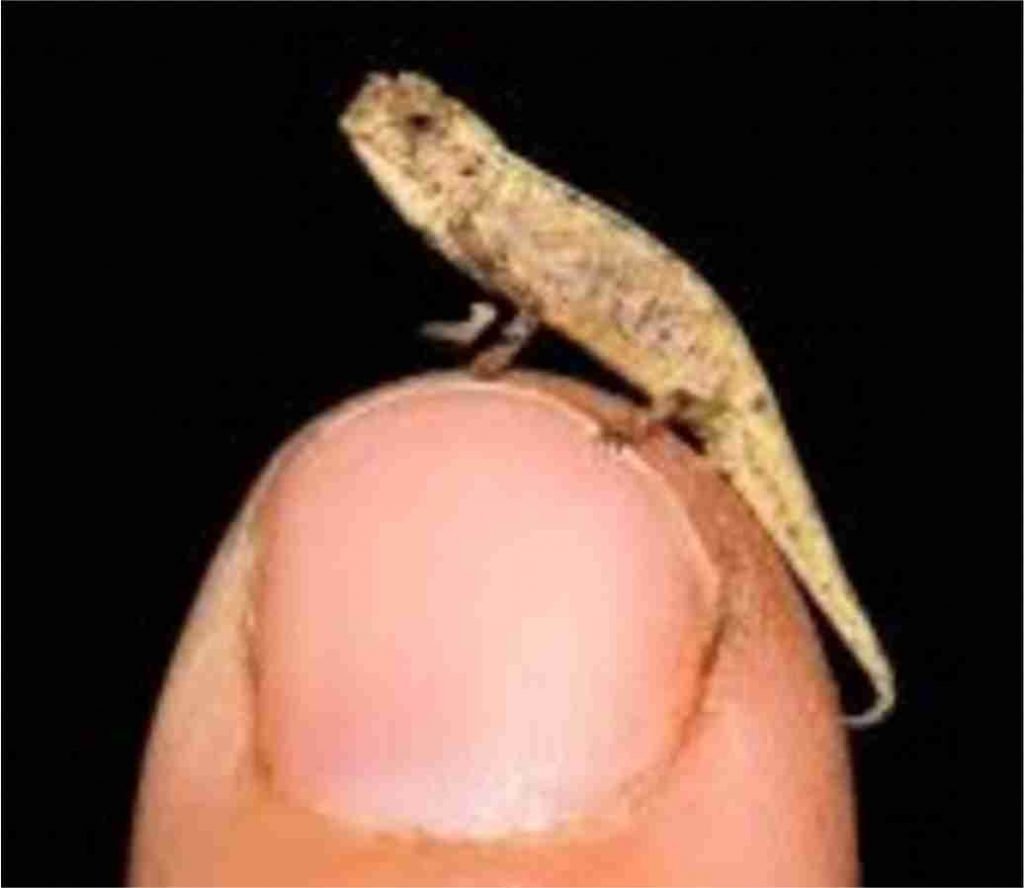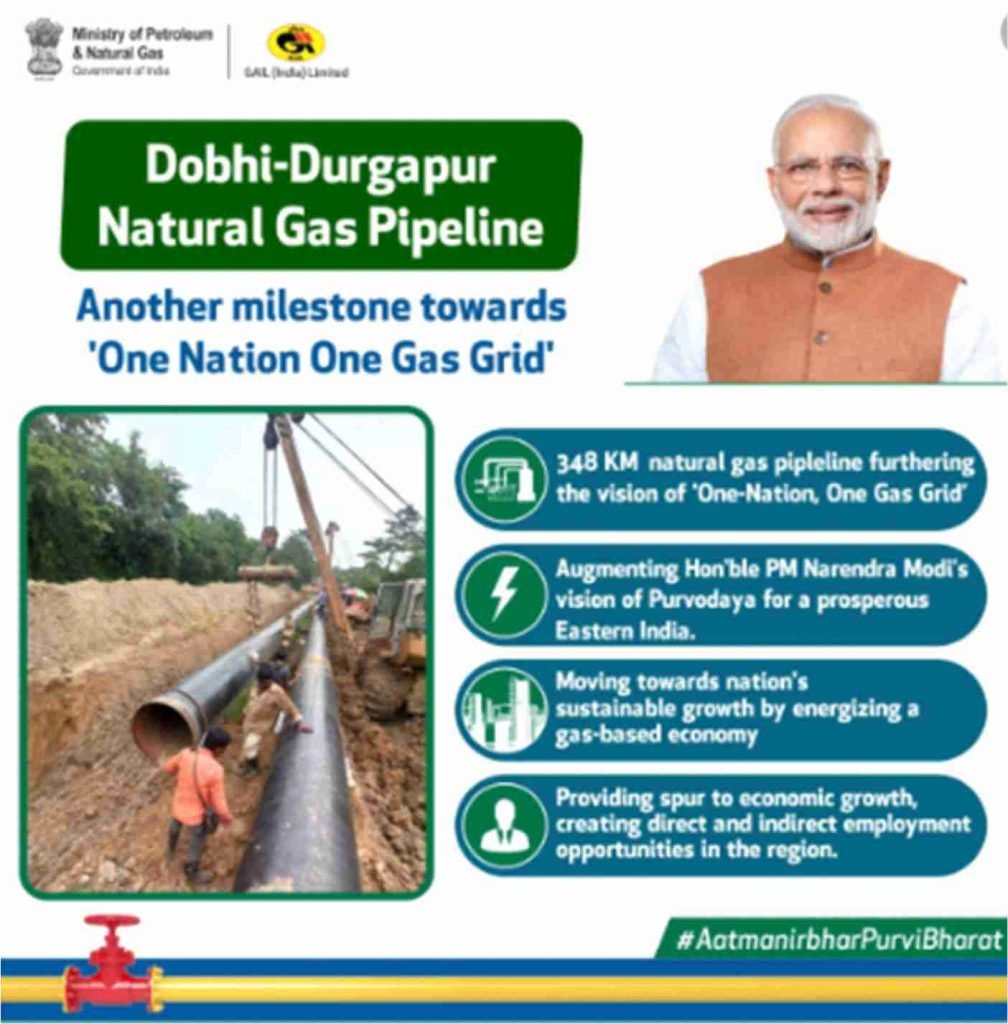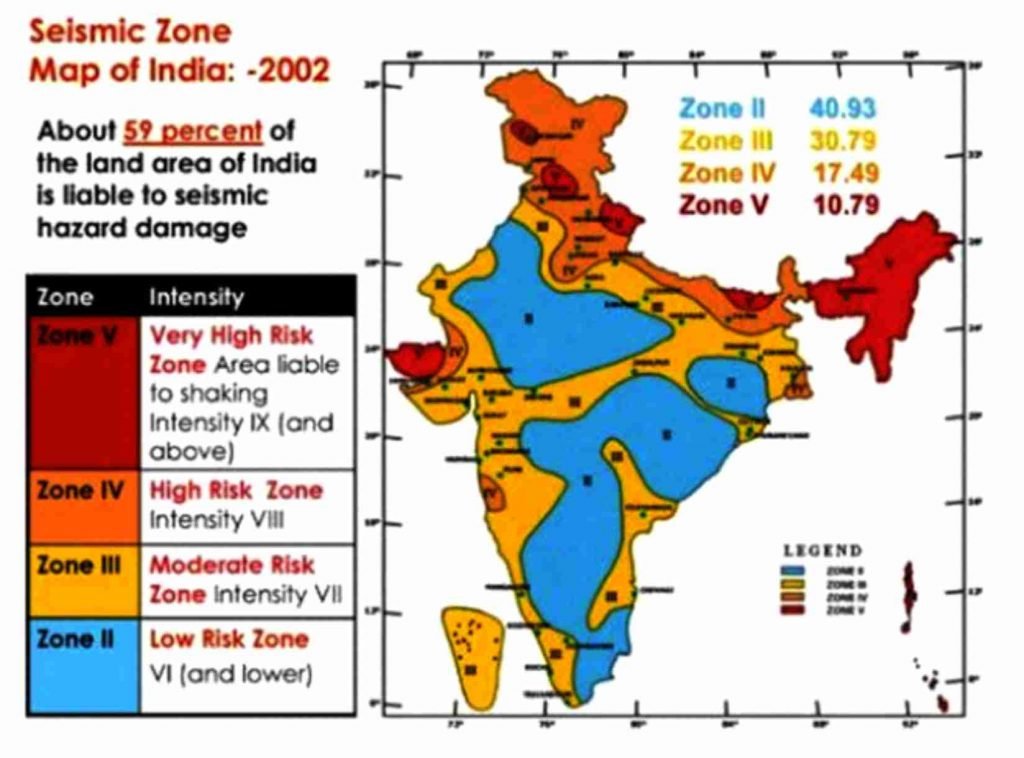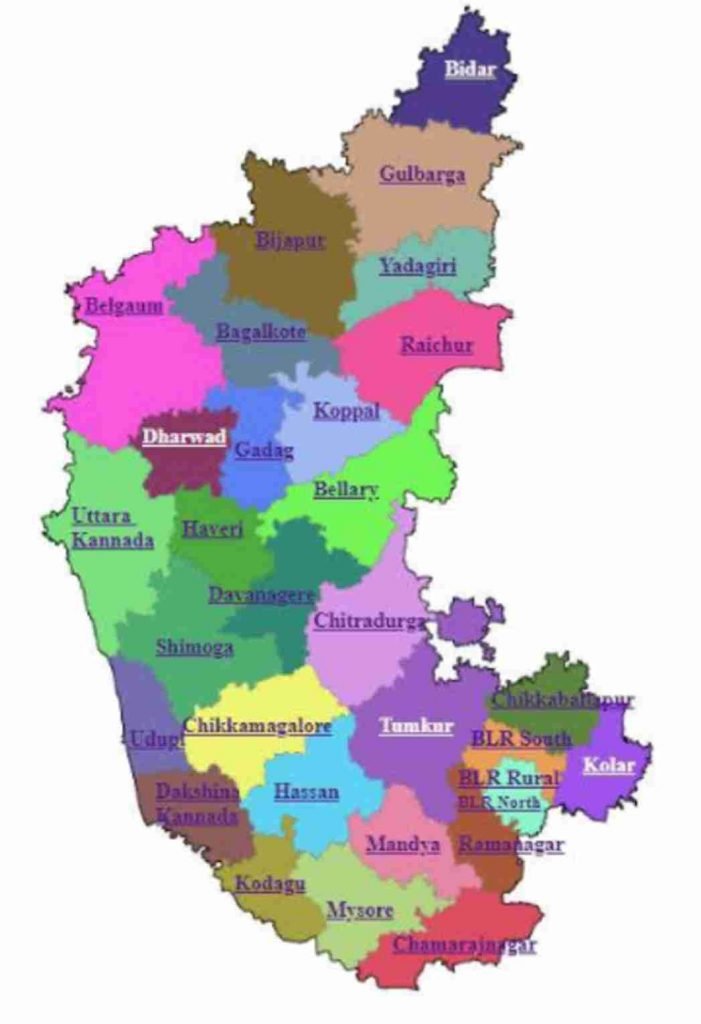Current Affairs (10th February 2021)
Marigold variety
CONTEXT:
- The new variety of marigold developed by the Hessarghatta-based Indian Institute of Horticultural Research (IIHR) will fetch money even if they get spoilt as it can be used for extraction of crude carotene, which is mainly used in the pharmaceutical sector.
ABOUT:
- All marigolds have a carotene content of up to 1.4%. However, the Arka Shubha variety of marigold has a carotene content of 2.8%, which is the highest content from a plant source.
- These flowers can be sold for ornamental purpose too. This variety is purely for extraction of carotene. There is always a high demand for carotene in the pharma sector. Presently, India imports most of its carotene from China and other countries.
- It is better to take up the carotene extraction venture through farmers’ groups as a large area is needed for marigold cultivation. This also provides scope for exports.
- The Arka Shubha variety is of use in the poultry sector as well. Its petals could be used as feed to get quality yolk. It is used as feed for sheep too.
Uterus removal
CONTEXT:
- Around 11 per cent of Indian women above the age of 45 years have undergone hysterectomy, found the first Longitudinal Ageing Study in India.
- The Union Ministry of Family and Health Welfare (MoFHW) study surveyed over 72,000 elderly Indians between 2017 and 2018.
ABOUT:
- Hysterectomy : Surgical removal of the uterus and sometimes the cervix and supporting tissues to treat health complications.
- A much lower proportion (3.2 per cent) of women between 15 to 49 years of age had undergone the operation, according to the National Family Health Survey, 2015-16.
- NFHS-4 was the first to gather data on hysterectomy in the country. Its report showed that 67 per cent of Indian women preferred private hospitals and only a third preferred public ones.

REASONS:
- The strong local-level public health infrastructure and the preference for public hospitals.
- Variations were also observed based on the economic status and level of education of women.
- The major reason for the surgery among urban women was uterine fibroids while that among rural women was menstrual disorder.
Dhekiajuli in Assam
CONTEXT:
- Prime Minister of India paid a visit to the historic “martyr” town of Dhekiajuli (Assam), to lay the foundation stone for two medical colleges and launch a road and highway project.
Quit India Movement of 1942- Dhekiajuli:
- It was home to possibly the youngest martyr of the Indian freedom struggle.
- On September 20, 1942, processions of freedom fighters marched to various police stations across several towns in Assam.
- These squads, which were known as ‘Mrityu Bahini’, or death squads, had wide participation — including women and children — and set out to unfurl the tricolour atop police stations, seen as symbols of colonial power.
- The British administration came down heavily on them. In Dhekiajuli, at least 15 people were shot dead, three of them women.
SMALLEST REPTILE
CONTEXT:
- According to the journal Scientific Reports, a chameleon has been discovered in the island country of Madagascar by German and Madagascar scientists.
- This may be the world’s smallest adult reptile which is due to the “island effect” that causes species on small islands to get smaller.
ABOUT:
- One male and one female of the species have been found, named Brookesia nana, during an expedition in 2012.
- Length of male: 13.5 mm (snout to vent) and a total length of 21.6 mm including tail.
- Previously, the chameleon species Brookesia micra was thought to be the smallest. Average length of adults of this species is 16 mm (29 mm with tail), while the smallest adult male has been recorded at 15.3 mm.
- Reptiles come in a wide size range. The longest, the reticulated python, at 6.25 m is almost as long as 289 Brookesia nanas.

348-kilometer pipeline from Dobhi to Durgapur
CONTEXT:
- GAIL (India) Ltd has completed laying a ₹ 2,433-crore 348-kilometer pipeline from Dobhi in Bihar to Durgapur in West Bengal, which is part of the Pradhan Mantri Urja Ganga project.
AIMS:
- To give piped cooking gas to the households of Varanasi (UP) within next two years and to millions others in neighbour states after one more year.
- To create 25 industrial clusters in these states which can utilise the gas as fuel and generate employment in these areas.
Benefits:
- It put West Bengal on the gas map of India .
- It will bring to the state cooking fuel that is cheaper than LPG and CNG that costs less than petrol and diesel, and fuel to produce urea for all its requirement.
WAY AHEAD:
- A pipeline of length 2540 km is under construction from the states of Uttar Pradesh to Odisha.

Open market Operations:
CONTEXT:
- RBI has announced ₹ 20,000 crore open market operations
Open market operations
- It is the sale and purchase of government securities and treasury bills by the central bank of the country. It is one of the quantitative monetary policy tools.

- When the central bank wants to infuse liquidity into the monetary system, it will buy government securities in the open market. This way it provides commercial banks with liquidity.
- RBI carries out the OMO through commercial banks and does not directly deal with the public.
- Objective : To regulate the money supply in the economy.

Geothermal power plant
CONTEXT:
- Ladakh will get India’s first geothermal power project to tap the potential of natural geysers dotting the Puga area, 170 km east of Leh and not far from the China border, in Changthang plains.
Phases
- Phase-I involves exploratory-cum-production drilling of wells up to 500 metres depth and setting up of a pilot plant of up to 1 megawatt (MW) power capacity.
- Phase-II would involve a deeper and lateral exploration of the geothermal reservoir by drilling of an optimal number of wells and setting up of a higher capacity demo plant and preparing a detailed project report.
- Phase-III would involve commercial development of the geothermal plant.
ABOUT:
- While the pilot plant can initially take care of power needs of the nearby Tibetan refugee settlements of Sumdo and smaller hamlets near it.
- But a larger plant can come in handy to cover the intermittency of the solar projects being planned in the surrounding areas of Morey plains and Hanley-Khaldo.
- Puga and Chumathang are deemed as the most promising geothermal fields in India.
- These areas were discovered in 1970s and initial exploratory efforts were made in the 1980s by Geological Survey of India (GSI).
- The renewed focus on this perpetual form of energy, considered the most environment friendly, is part of prime minister’s plan for a carbon-neutral Ladakh.

Geological evidence of eastern Himalaya earthquake
CONTEXT
- Scientists have found the first geological evidence of an earthquake at Himebasti Village on the border of Assam and Arunachal Pradesh, documented by historians as Sadiya earthquake in history, which is recorded to have caused massive destruction in the region and almost destroyed the town in 1697 CE.
ABOUT:
- This finding could contribute to a seismic hazard map of the eastern Himalaya, which can facilitate construction and planning in the region.
- The study of the earthquake at Sadiya standing on a grassy plain, almost surrounded by forested Eastern Himalayas on the right bank of Lohit River, adds an important site to the seismic hazard assessment of the eastern Himalaya, which will benefit the inhabitants and help in providing better infrastructure across the Eastern Himalayan foothills which is one of the most densely populated regions in the world.
Seismic Hazard Map of India
- India is one of the highly earthquake affected countries because of the presence of tectonically active young fold mountains, Himalayas.
- India has been divided into four seismic zones (II, III, IV, and V)based on scientific inputs relating to seismicity, earthquakes occurred in the past and tectonic setup of the region.

Lingayats
CONTEXT:
- The community is demanding inclusion of a large Lingayat sub-sect in an OBC quota category that provides 15% reservation in government jobs and education in the state.
ABOUT:
- The Lingayats are a dominant community who make up nearly 17% of Karnataka’s six crore population.
- The Lingayats, classified as a Hindu sub- caste called Veerashaiva Lingayats, are essentially followers of the 12th-century philosopher Saint Basavanna, who started a movement to help sections of society break away from the chains of caste.
- The Veerashaiva Lingayats are an amalgamation of the followers of Basavanna’s teachings and Veerashaivas who follow more traditional Hindu practices. Current issue:
RESERVATION:
- Veerashaiva Lingayats have been provided 5% reservation under a special category called 3B.
- A sub-sect called the Panchamasali Lingayats — basically agriculturists who account for nearly 70% of Lingayats — have now risen in protest seeking reservations under the category 2A, which currently provides 15% reservations to backward castes.
- The main stand of the Panchamasali Lingayats is that the community has been denied benefits, and that large sections dependent on agriculture are socially, economically, and educationally backward.
How the government plan to address the reservation demand?
- The chairman of the Karnataka Backward Classes Commission is directed to conduct a study and submit a report on the social, economic and educational status of the Panchamasali community to determine their inclusion under the 2A category.


